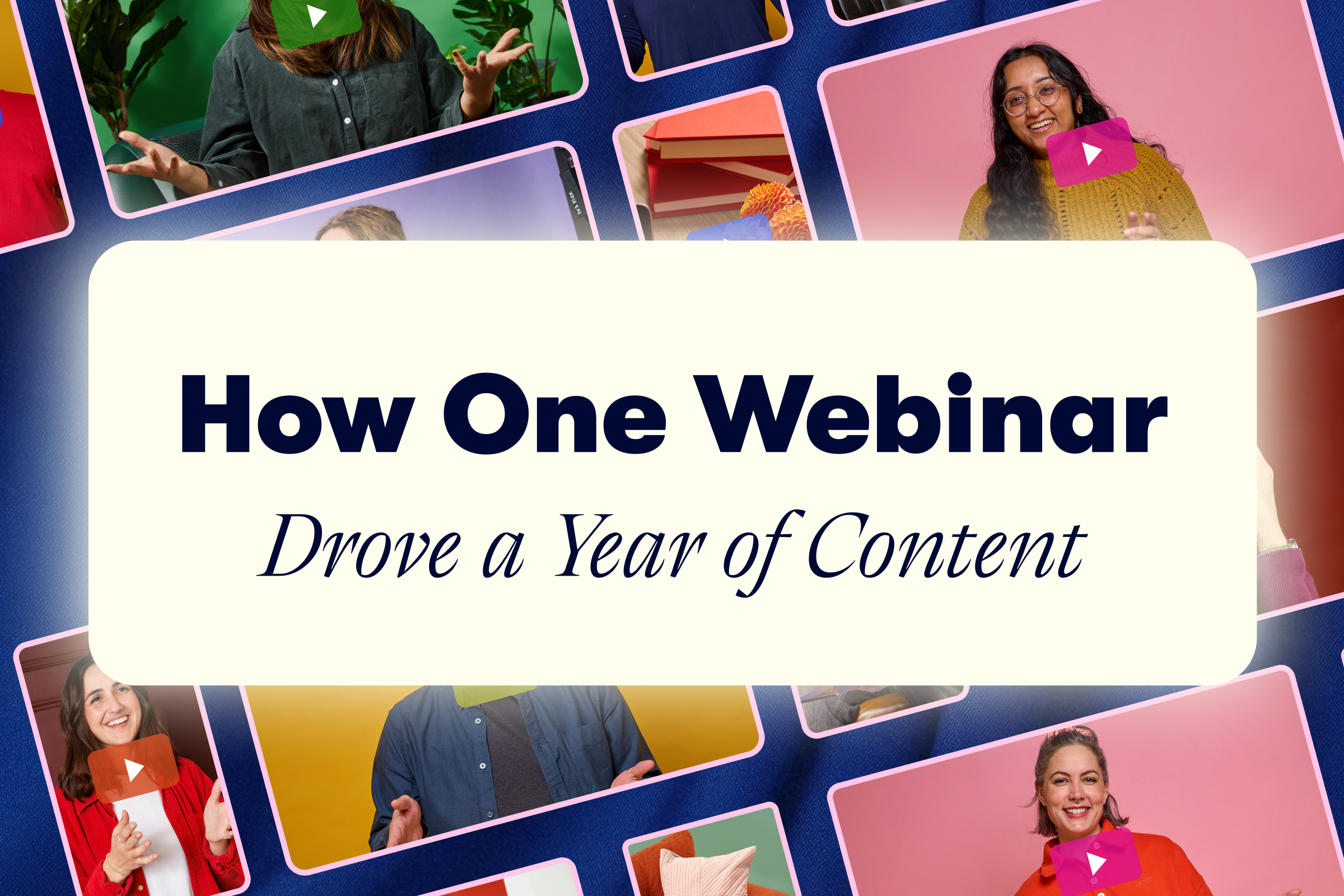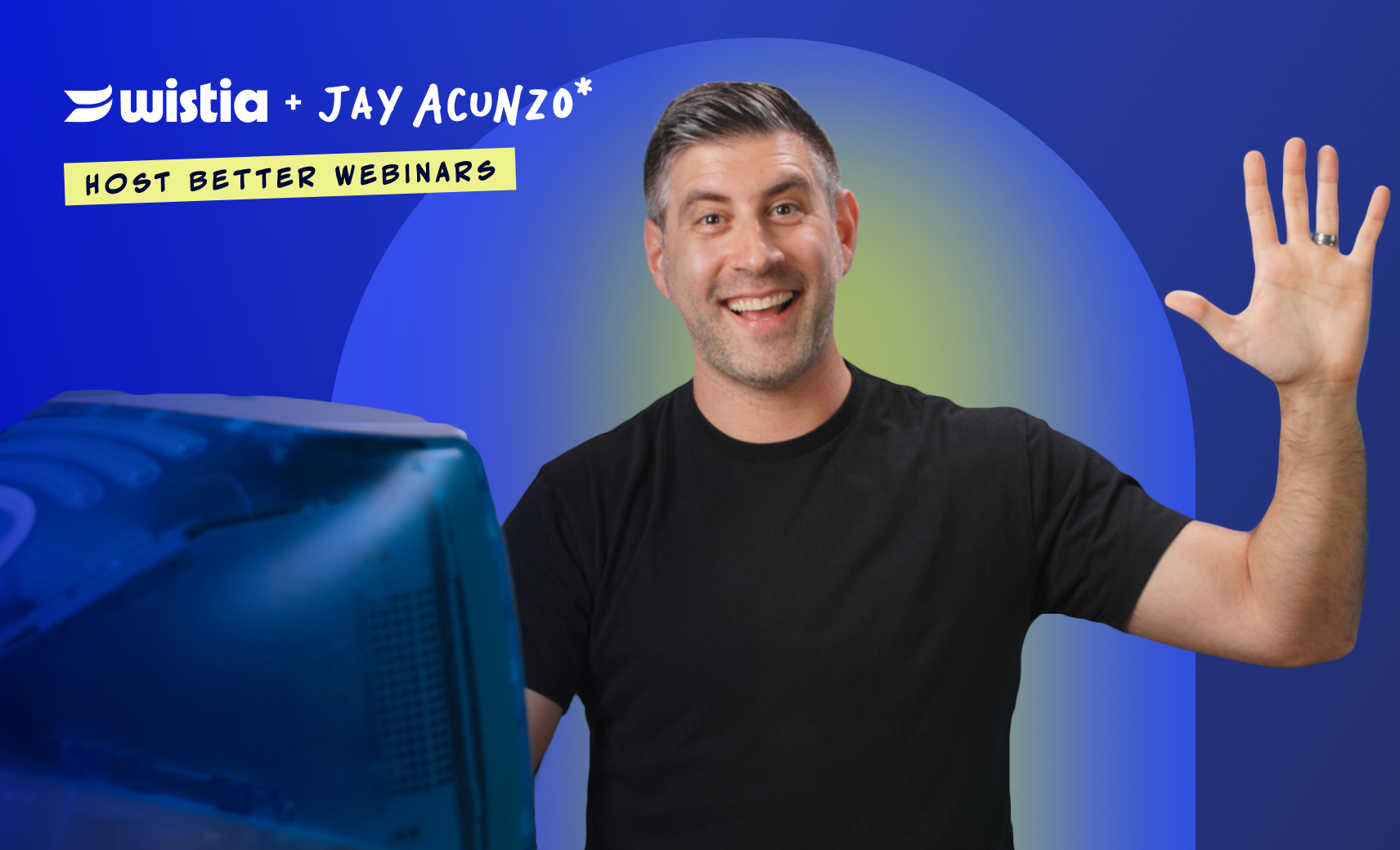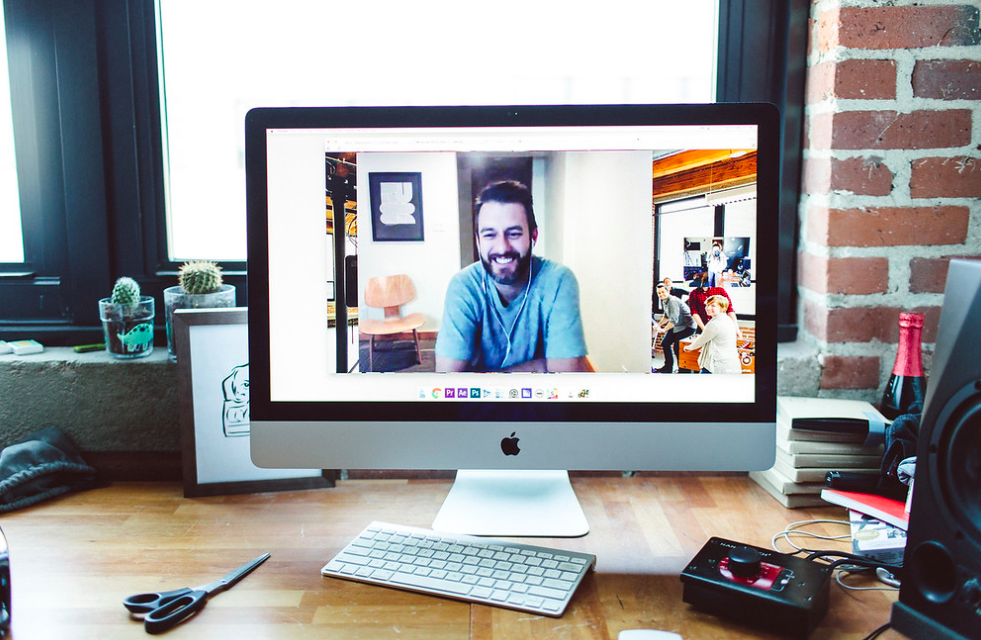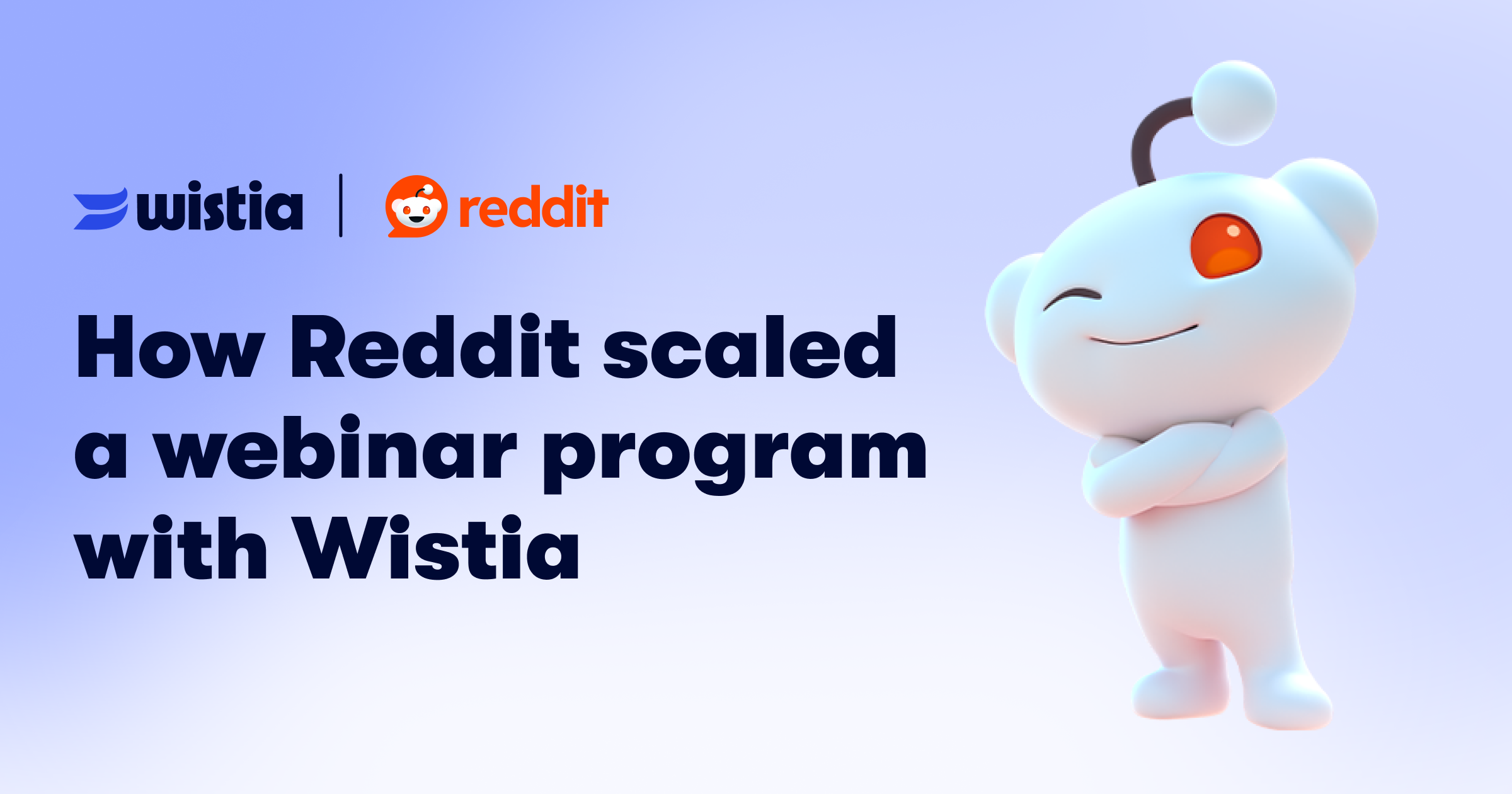How One Webinar Drove a Year of Content
Dive behind the scenes of our 2025 State of Video Live webinar.
August 18, 2025
Topic tags

Four months ago, we ran our annual State of Video Live webinar and turned it into a year’s worth of top-performing content.
So far, the full replay racked up 177 hours of watch time. The clips we pulled from the recording got 800,000+ views and over 1,500 hours of watch time. That’s 8.5x more than the live event itself.
Clearly, repurposing your webinars works — but only if you do it right. The way you plan, produce, distribute, and clip your webinar makes all the difference.
Let’s talk about how we did it and what we learned along the way.
How we changed our webinar format last year
Every year, we release our State of Video Report. And, like many companies with “State of” reports, we host a big webinar to go through the findings.
Last year, we decided to do it differently. We played a splashy 30-minute pre-recorded presentation and then hosted a live Q&A session. We wanted to see if the fast-paced, multi-segment, high-production show would create a more watchable experience and get better clips and more on-demand views.
And it worked. Engagement during the live show was solid, with about 90% of attendees actively watching and 27% participating in the chat.
Plus, the on-demand content outperformed anything we’ve done in the previous years:
- 70% of total views happened after the event (via on-demand content) in just three months
- The replay hosted on our blog converted 17% of viewers
- The social clips got a 42% higher view rate than average
For the full 2024 recap, check out last year’s write-up.
How we repurposed this year’s webinar
Last year’s pre-recorded and live Q&A format was so successful that we did it again this year, with a few tweaks:
- Partner interviews: We used to collect quotes or data points from our partners for the report. This year, we gathered data and then interviewed our partners (using our group recording feature) to get their reactions to and interpretations of different data points.
- Partner videos: We used our “request a video” feature to ask some partners to re-record certain parts of their interviews to play during our webinar’s news-style segments.
Right after the event, we put the full recording in several places on our site. We also pulled clips from the recording and waited a few weeks to start sharing them on social media.
Sharing the on-demand recording
We polished up the recording in our video editor and then embedded it in several places:
- On-demand landing page: We gated the recording and put it on a landing page for ad campaigns.
- A high-traffic blog post: We embedded the recording at the top of a relevant blog post, Video Marketing Statistics for 2025, that brings in a decent amount of organic traffic.
- Media pages: We added the recording to a couple of media pages, Wistia Watch and Wistia Events, that get traffic from our homepage.
Right now, the blog post is pulling in the most views.
Sharing social clips
Our webinar was split into five segments. Each one gave us a full 2–3 minute clip and at least two <1 minute clips, leaving us with 10–15 solid pieces of content to share on social.
So far, we’ve posted five clips from two of the segments. We’re spacing out the rest over the year to keep the content fresh and avoid fatigue.
How the on-demand assets have been performing
In short, pretty well! When we evaluate a webinar’s performance, we look at:
- Live event: Number of attendees, focused engagement rate
- On-demand recording: Views, engagement rate, watch time, and form fills
- Clips: Views, engagement rate, and cost per click
In just four months, our webinar content has generated over 800,000 views across platforms.
But “views” mean different things everywhere. Facebook considers anything over 3 seconds a view, LinkedIn reports by percent completion, and X offers either six- or 15-second view counts. So take these estimates with a grain of salt.
Interestingly, while the live event itself made up less than 0.1% of total views, it contributed over 10% of the total watch time. It’s a clear sign that long-form and short-form videos serve distinctly different approaches. Short-form content is great for inspiration and quick takes, while longer videos are better for deep engagement with your brand.
Key takeaways
State of Video Live is a big event for Wistia. As each year goes by, we look for ways to get more value out of the webinar and the report through smarter repurposing. One thing has become clear: the higher the production quality, the stronger the content we can reuse. That insight has pushed us to keep raising the bar on the event itself.
Here’s what we’ve learned so far:
- Pre-record some or most of your live event: This makes the event sharper, gives you more freedom with visuals and presenters, and pays off big when it’s time to clip it up.
- Share the on-demand recording in multiple spots: This helps the recording get more views. Drop it on your events page, a high-traffic blog post, and wherever else your audience already hangs out.
- Space out your social clips: You don’t need to use all your clips at once. Spread them out throughout the year and experiment with styles as you go.
The main takeaway? Repurposing your webinars is a smart move. Webinars are some of the strongest pieces of content marketers have to help attract and convert prospects.
Getting the most out of a webinar through social clips or on-demand recordings not only feeds the content engine, but also helps you squeeze more ROI out of the time and effort you put into producing the event in the first place.






